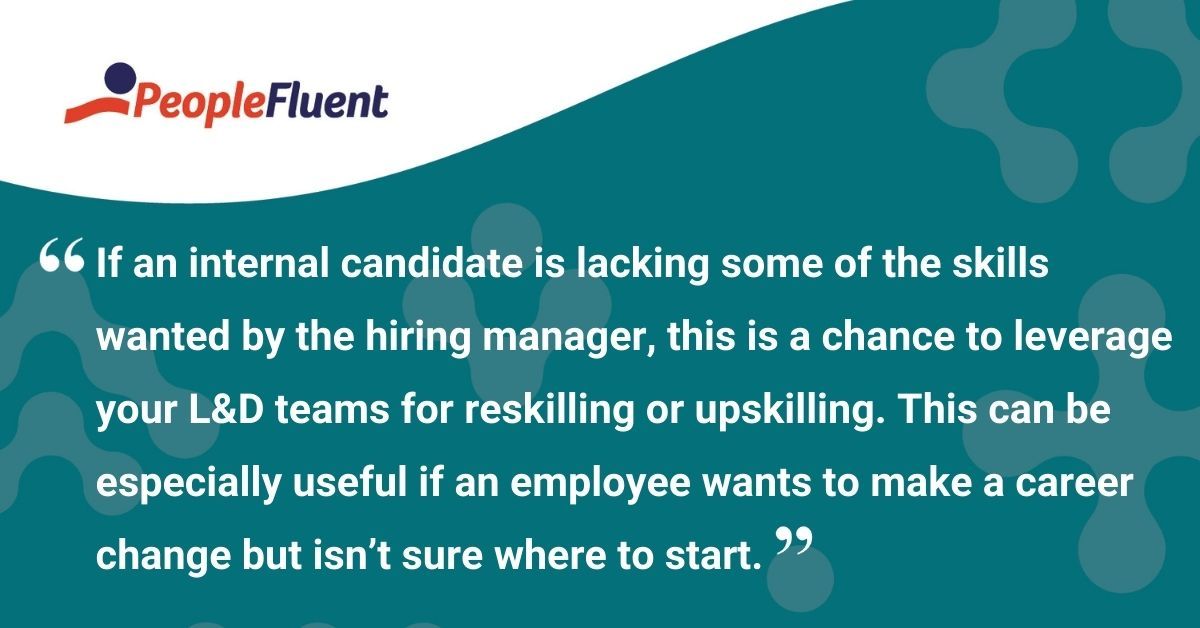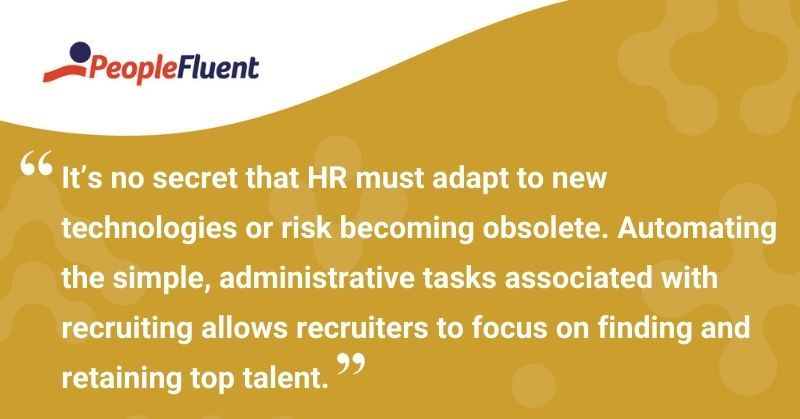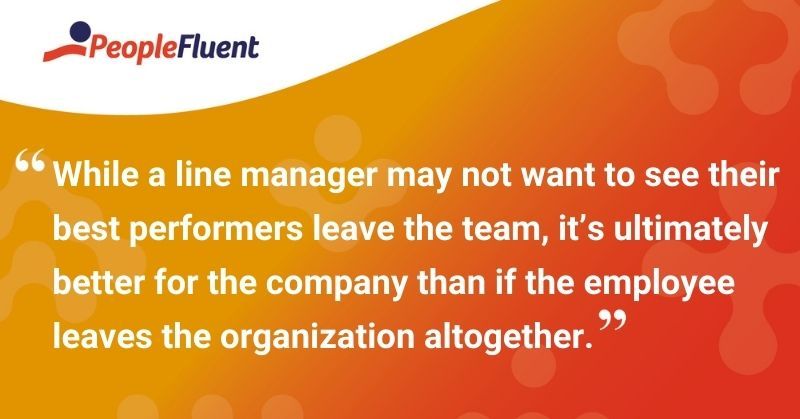According to LinkedIn’s Global Talent Trends 2020 report, employees will stick around 41% longer when companies regularly hire from within. Creating these opportunities for growth, however, may be challenging if your organization’s talent mobility program is lacking a critical component: internal mobility. In this article, you’ll find three ways AI can help drive a winning internal mobility strategy at your organization.
In recent years, companies have put more focus into developing strong talent mobility programs. And, there’s no doubt that the pandemic accelerated the need for talent leaders to restructure their approach to recruiting and retaining top talent. HR pros are now taking advantage of a previously under-utilized marketplace that’s been right under their noses. We are, of course, referring to the internal talent that exists within the business.
When looking at why implementing internal mobility can be difficult, the same LinkedIn report has these challenges at the forefront, according to talent professionals surveyed:
- 70% said current managers don’t want to let go of good talent
- 56% cited a lack of qualified internal candidates
Below, we’ll dive into how artificial intelligence can help you overcome these blockers in order to increase internal mobility efforts across the organization.
1) Reach More Candidates: Increase Visibility of Open Roles
Though employees might not be seeking a new role, knowing there’s a way to view opportunities within your organization can increase the likelihood of them staying. Using AI to ‘fill in the gaps’, so to speak, can ensure no open opportunity goes unnoticed. Internal recruiting should be an intuitive process that leans into automation for connecting employees with roles that fit their profile.
Employees can take control of their talent journey by developing talent profiles that include their skills, competencies, and career goals or aspirations. From there, recruiters can find them easily by using a jobs marketplace, mentor marketplace, or projects marketplace. Then, if recruiters determine an employee is a fit for any open roles, they can nudge and encourage the employee to apply. This matchmaking within an internal mobility solution increases visibility for employees and talent acquisition professionals about open jobs inside the company.
Remember: if an internal candidate is lacking some of the skills wanted by the hiring manager, this is a chance to leverage your L&D teams for reskilling or upskilling. This can be especially useful if an employee wants to make a career change but isn’t sure where to start. Helping workers along the way by providing learning and growth opportunities signals your investment in their career, an important factor in employee engagement and retention.

RELATED READING | ‘Upskilling vs. Reskilling: Understanding the Differences and Their Role in Talent Mobility’
2) Hire Smarter, Not Harder
Recruiting from within can be especially challenging without the right tools and solutions to do so. This is where an AI-driven solution that provides rich data comes in. Leveraging a solution that helps identify internal candidates across your organization—based on criteria like geographic regions or business units—takes the guesswork out of recruiting from within your organization.
It also ensures that recruiting teams have easy access to data and job profiles that can inform them to make the best possible hire. You should expect a capable internal mobility solution to tailor searches based on the following key data points:
- performance evaluations
- skills and competencies
- career aspirations
- work location
- multilingual capabilities
When a recruiter has more data available during the process, it helps them quickly and efficiently build their talent pools. Having this information is critical as it helps recruiters continue their search while also providing the hiring manager with qualified candidates.
It’s no secret that HR must adapt to new technologies or risk becoming obsolete. Automating the simple, administrative tasks associated with recruiting allows recruiters to focus on finding and retaining top talent.

YOU MIGHT ALSO LIKE | ‘Do You Know How to Find the Bright Lights in Your Organization?’
3) Encourage Collaboration Between Current Managers and Hiring Managers
When managers collaborate on identifying and/or hiring top talent for a new role in the business, it’s a win for the company. Unfortunately, one of the top barriers to internal recruiting is a current manager’s reluctance to let go of the employee. While a line manager may not want to see their best performers leave the team, it’s ultimately better for the company than if the employee leaves the organization altogether.
One of the ways you can encourage this necessary collaboration is by sharing data that shows how internal mobility is beneficial to the organization’s overall business outcomes. Furthermore, remind the reluctant manager that they can also seek internal talent to fill roles. If possible, consider offering incentives for managers who are willing to facilitate internal recruiting.

KEEP READING | ‘5 Strategies to Improve Talent Mobility’



